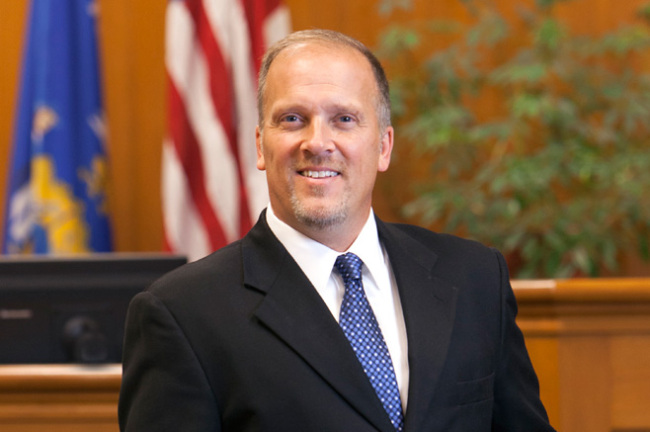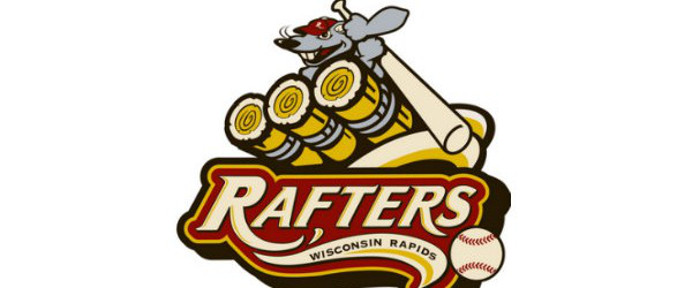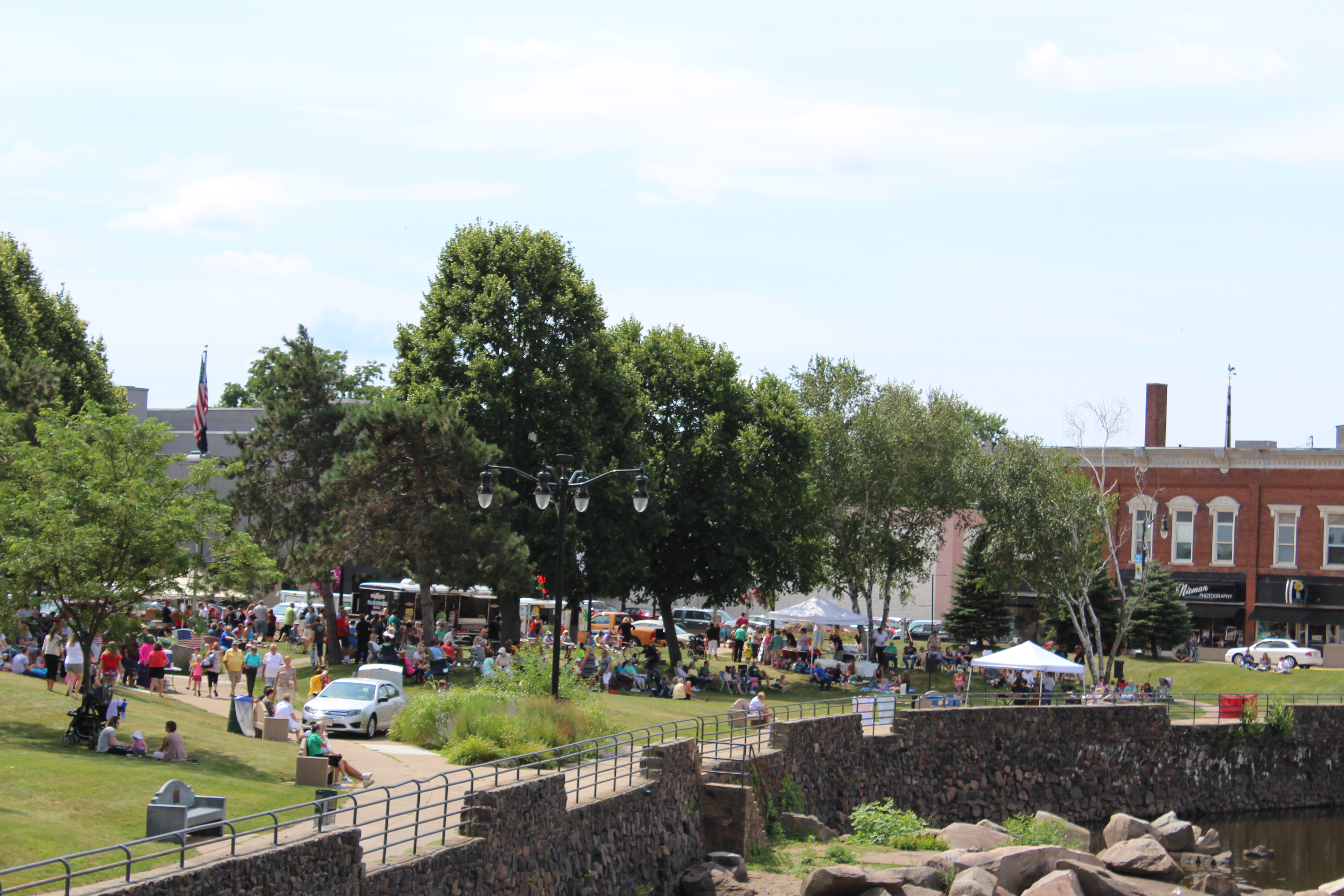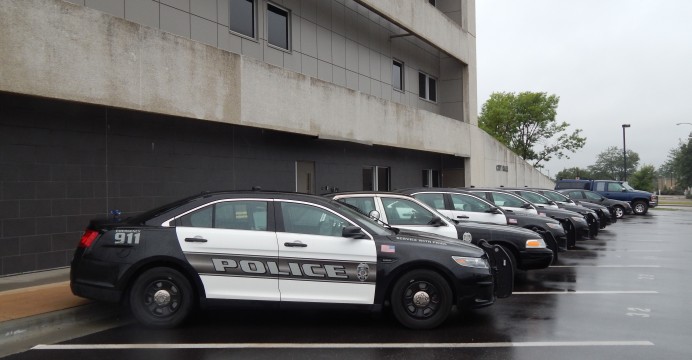Waushara County blaze sparked by smoldering debris
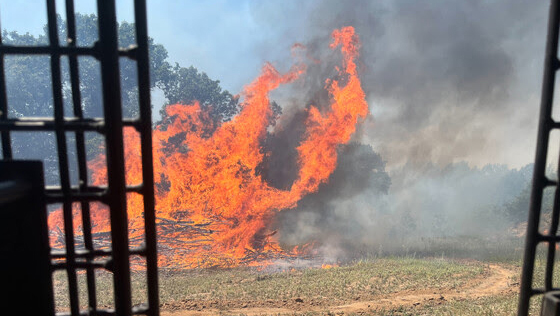
Members of 30 different departments statewide spent July 10 and 11 battling the 830-acre Pallet Fire in Waushara County. The blaze was sparked by a smoldering pile of debris which had not been properly extinguished. WIDNR photo.
Wisconsin Rapids, Grand Rapids, Nekoosa among departments responding
BY MIKE WARREN
CONTRIBUTING EDITOR
COLOMA – An individual burning a pile of debris set off an 830-acre wildfire in Waushara County, southeast of Coloma.
The Coloma Fire Department and crews from the DNR’s Wautoma station were dispatched around 1 p.m. on July 10 to a wildfire originating from a property near the intersection of Sixth Drive and Cumberland Road – an area just east of I-39 and approximately 39 miles south of Stevens Point.
“The immediate report from the local fire department was that the fire was 10 acres in size and growing,” said DNR Operation Section Chief Chris Semann, during a July 11 media briefing. “The fire grew very quickly (to the north and east) due to the dry conditions that we’re experiencing currently, and due to the fuel type that it was burning – oak and pine primarily.”
Semann also said numerous structures along Cumberland Avenue were immediately threatened, so evacuations were the first priority. “Fire containment on this fire was very difficult due to the fire intensity,” Semann added. The blaze jumped Cumberland Avenue, as well as Seventh Avenue and Highway 21 and numerous driveways. By 9 p.m. crews had established a soil break around the entire perimeter of the fire.
DNR Incident Commander Bruce Henderson told reporters the fire was set off by a smoldering pile of debris which had never been extinguished or burned itself out, or what he called a holdover fire.
“That means that the cause of this forest fire was not ignited yesterday (July 10). It was ignited prior to yesterday, so the issue there is that it wasn’t put out. So, if citizens are going to burn, it’s really important when you’re done burning to ensure the fire’s out. We like to talk about it being cold to the touch, adding water to it, mixing it with a shovel and getting to the point where, again, it’s cold to the touch.”
Dubbed the “Pallet Fire,” the blaze covered 833 acres and destroyed three primary structures (homes), 17 secondary structures (sheds and other outbuildings), numerous pieces of equipment and vehicles.
100 properties were evacuated initially, and almost 13 miles of roads were closed at one point. At its peak, the fire was being attacked by crews from 30 different departments, including Wisconsin Rapids, Grand Rapids, Nekoosa, Rudolph, Pittsville, Plainfield and Westfield.
Eight firefighters received medical attention of some kind, seven at the scene and one at a nearby hospital.
Fire officials on scene indicated erratic fire behavior due to gusty winds and drought conditions, along with reports of torching with fire moving into the crowns of the trees. Several spot fires occurred ahead of the fire and were suppressed and monitored.
“I would say this fire was definitely preventable,” said Amy Penn, Incident Command Public Information Officer. “It was ignited by a human.”
“The individual that was doing the burning has been identified,” added Bruce Henderson, DNR Incident Commander. “The investigation has been completed. As far as the follow-up matters, we’re still working on that, as far as the law enforcement end of it. I do expect that they will be held responsible for suppression costs, per our normal procedures,” said Henderson. Per state statutes, those responsible for causing forest fires in Wisconsin are liable for suppression costs. “That’s certainly applicable in this case,” he said.
However, the individual who burned the debris pile which ignited the “Pallet Fire” had no restrictions against doing so. The regions falls within one of the DNR’s Extensive Forest Fire Protection Areas, meaning outdoor burning is only regulated from Jan. 1 to May 31.
“Burning permits were not required here,” Henderson added. “Whether or not permits are required, we do strongly suggest – given the ongoing drought conditions – that citizens don’t burn.”
“The only way that we would restrict burning is to implement emergency burn restrictions and that would come from a governor’s declaration, which really impacts campfires, fireworks, all outdoor cooking,” said Aaron Young, DNR Deputy Incident Commander. “It’s really restrictive and those conversations have been started, but to implement those would take the governor’s declaration, so at this time there are no restrictions on permits or outdoor burning. There’s just our website talking about when it’s safe to burn and what those conditions look like and where you can do that in the state,” Young continued. “Any township town chair, fire department chief do have the authority to implement their own permit system or process if they want to pursue that, and they can do that through reaching out to the DNR and we can provide some guidance on how, if they wanted to implement that, what it would take. So, there is some authority there, but usually they rely on the DNR permit system.”
This fire was small, compared to some the state has seen recently. Earlier this year, a spring wildfire consumed approximately 3,000 acres in central Wisconsin. The state also recorded a 3,400-acre fire in 2005. And in 2013, crews suppressed a huge wildfire, but not before it had scorched 7,000 acres.
Fire danger remains high across many parts of the state due to current drought conditions. Campfires, ashes from fireplaces, outdoor grills, smoking, chainsaws, off-road vehicles or other small engines have the potential to throw a spark, ignite a fire and spread quickly. Please use extreme caution and avoid burning until conditions improve.
For the most current fire situation and evacuation information, follow the DNR on Facebook and Twitter, or check current fire danger, wildfire reports and burning restrictions on the DNR website.

